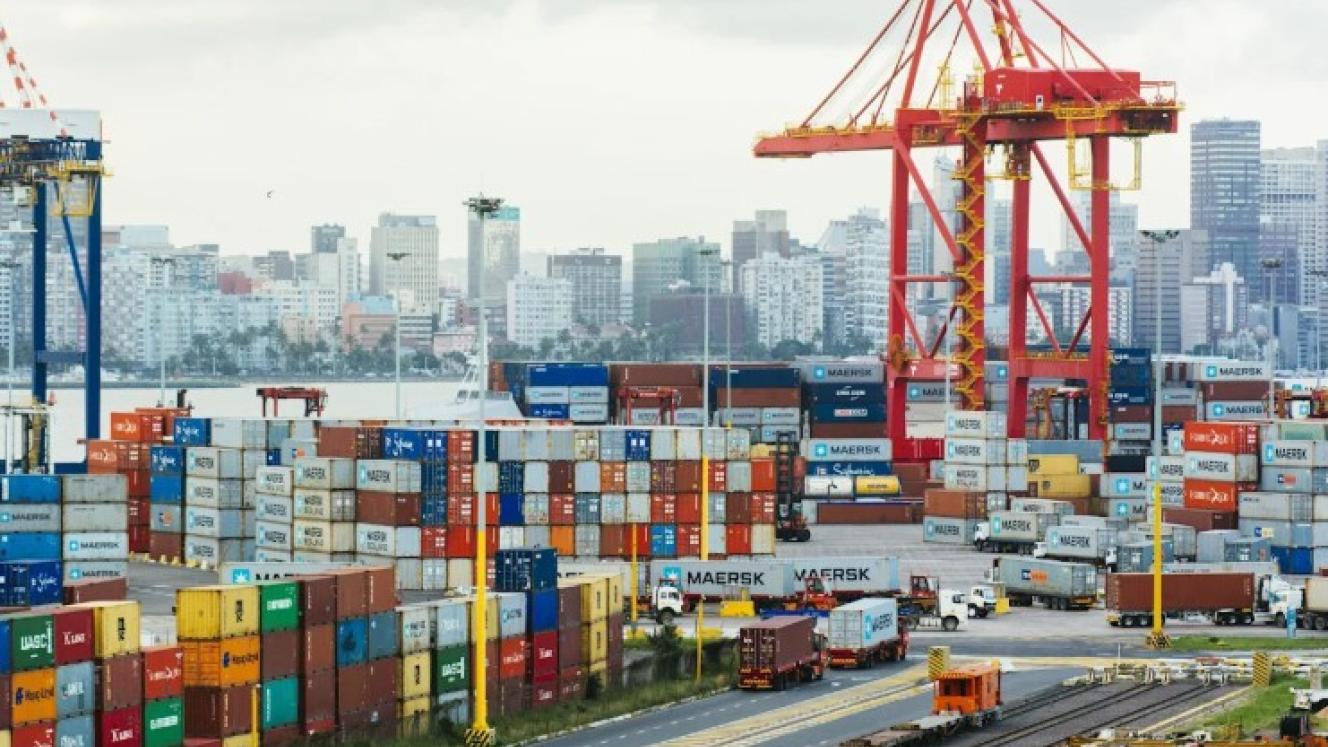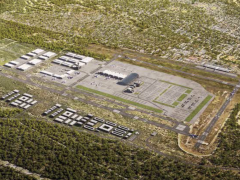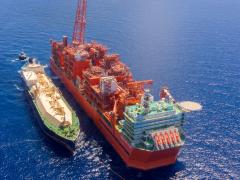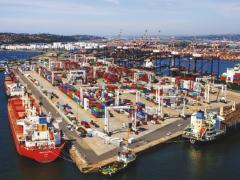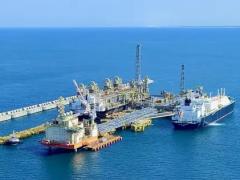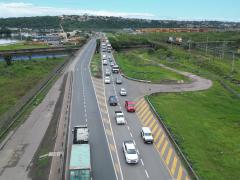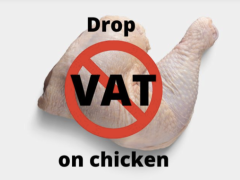Geopolitical turbulence has “upset the natural order of ocean container shipping on Transpacific trades in the second quarter (Q2) of 2025, leaving shippers struggling to make sense of the situation”, liner trade analyst Peter Sand has said.
In its weekly market update, the maritime intelligence platform he represents, Xeneta, revealed a sharp divergence in container freight rates.
Primary among these are average spot rates from the Far East to the US West Coast, which has decreased by 51% in just over a month, while rates to the US East Coast remained comparatively strong.
Sand said carriers might respond by curbing West Coast capacity and shifting it to the East Coast, potentially narrowing the price gap to within $1 000 by the end of July.
Meanwhile, spot rates from North Europe to the US East Coast have collapsed to a 10‑month low of $1 992 per FEU, spurred by growing anticipation of an EU-US trade agreement.
Across North Europe, congestion is mounting – a trend Sand predicts will “remain for the remainder of 2025”.
Carriers have been rerouting around clogged ports and altering schedules, which is “another painful headache for shippers”.
Analysts at Independent Commodity Intelligence Services underscored Xeneta's warning, cautioning that the ongoing geopolitical volatility “has upset the natural order of ocean container shipping on Transpacific trades” and highlighted the abnormal trend of diverging the West and East Coast.
Other industry commentators noted that the recent 90‑day pause on US-China tariffs, which ended on 9 July, had triggered a capacity reshuffle.
This has resulted in carriers diverting ships from Asia-US routes into other trades, then scrambling to reposition them as tariff relief prompted a rush to import.
Lars Jensen of consultancy Vespucci Maritime has also added his voice to the concern over volatility in the sea trade industry, especially regarding liner traffic through the Red Sea, which ultimately impacts the Suez Canal.
He said Suez trade disruption, causing EU-Asia sailings to divert around Africa, was especially relevant given the sinking of the multi-purpose vessel (MPV) the Eternity C on Monday.
Jensen said the sinking of another vessel a few days earlier, although he didn’t clarify the specific incident, and the four crew members killed in the MPV attack, all contributed to a high-risk environment for the shipping industry.
He said the precarious conditions in which cargo owners and their service providers were supposed to sail through the Red Sea, were made clear by the “Orwellian Newspeak” of the Ansar Allah movement after the Houthis’ coordinated attack on the Eternity C.
According to Jensen, in a broadcast following the attack, militia leader Abdul-Malik al-Houthi announced the establishment of a Humanitarian Operations Center to coordinate with international shipping companies in order to minimize unintended harm, describing this initiative as part of Yemen’s responsible approach to regional maritime security.
He warned that, together with US President Donald Trump’s tariff increases, set to come into effect on August 1, the global liner trade was facing serious uncertainty.

